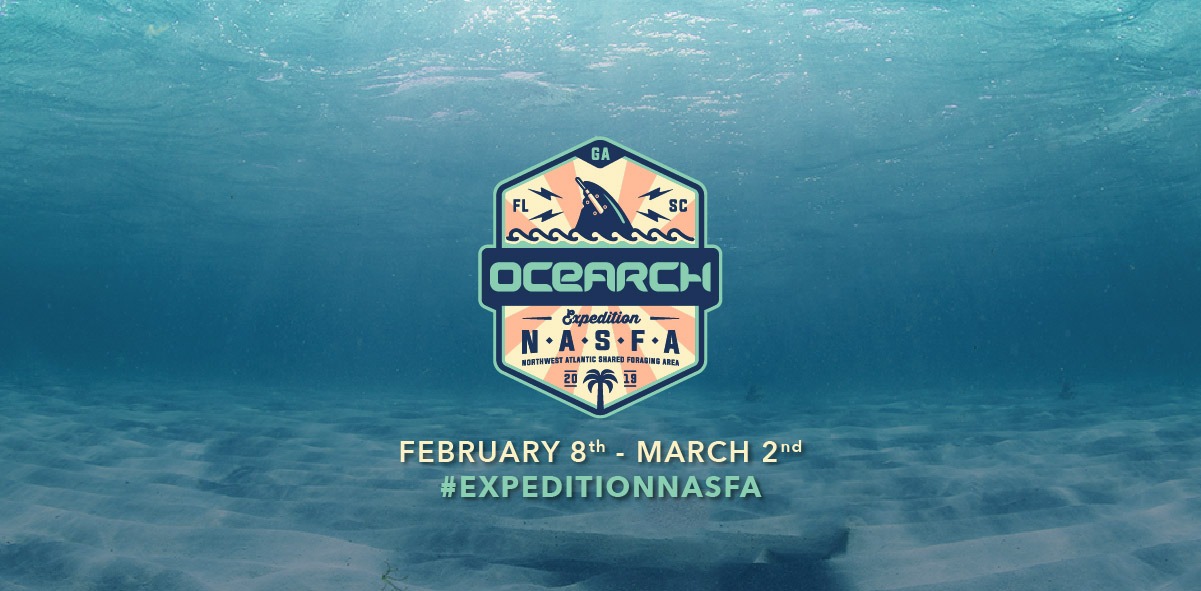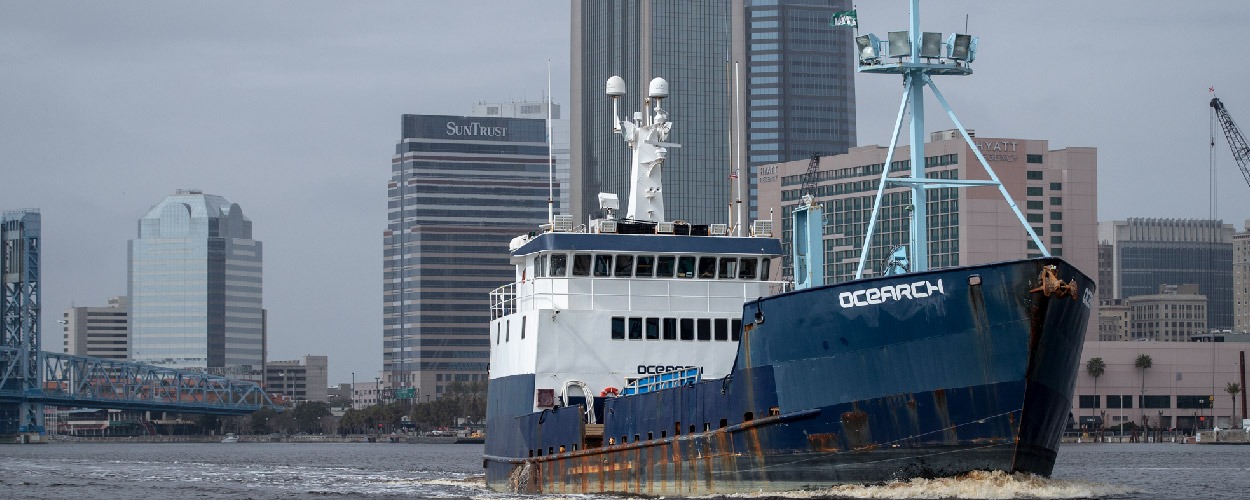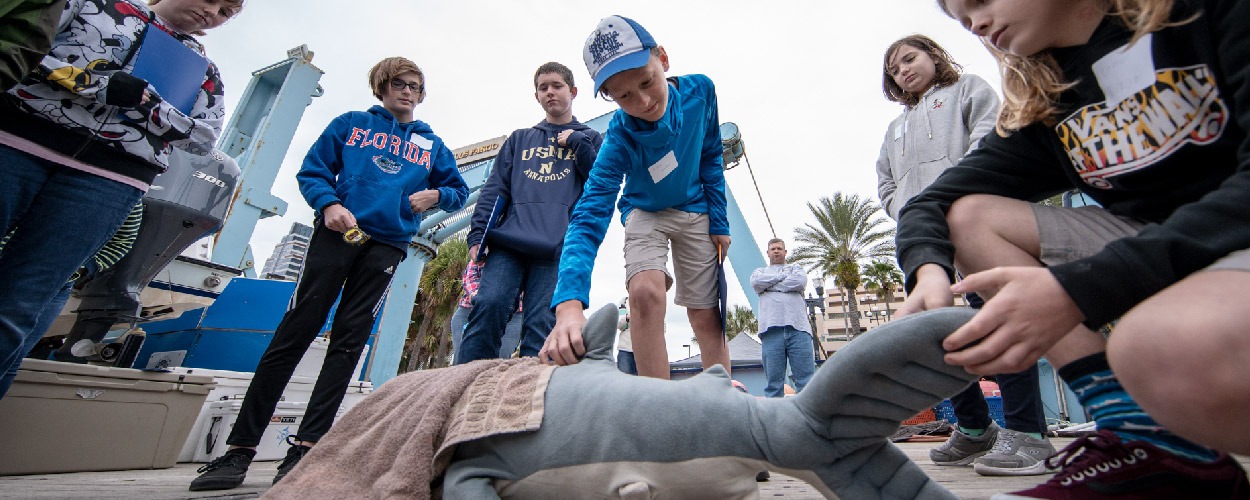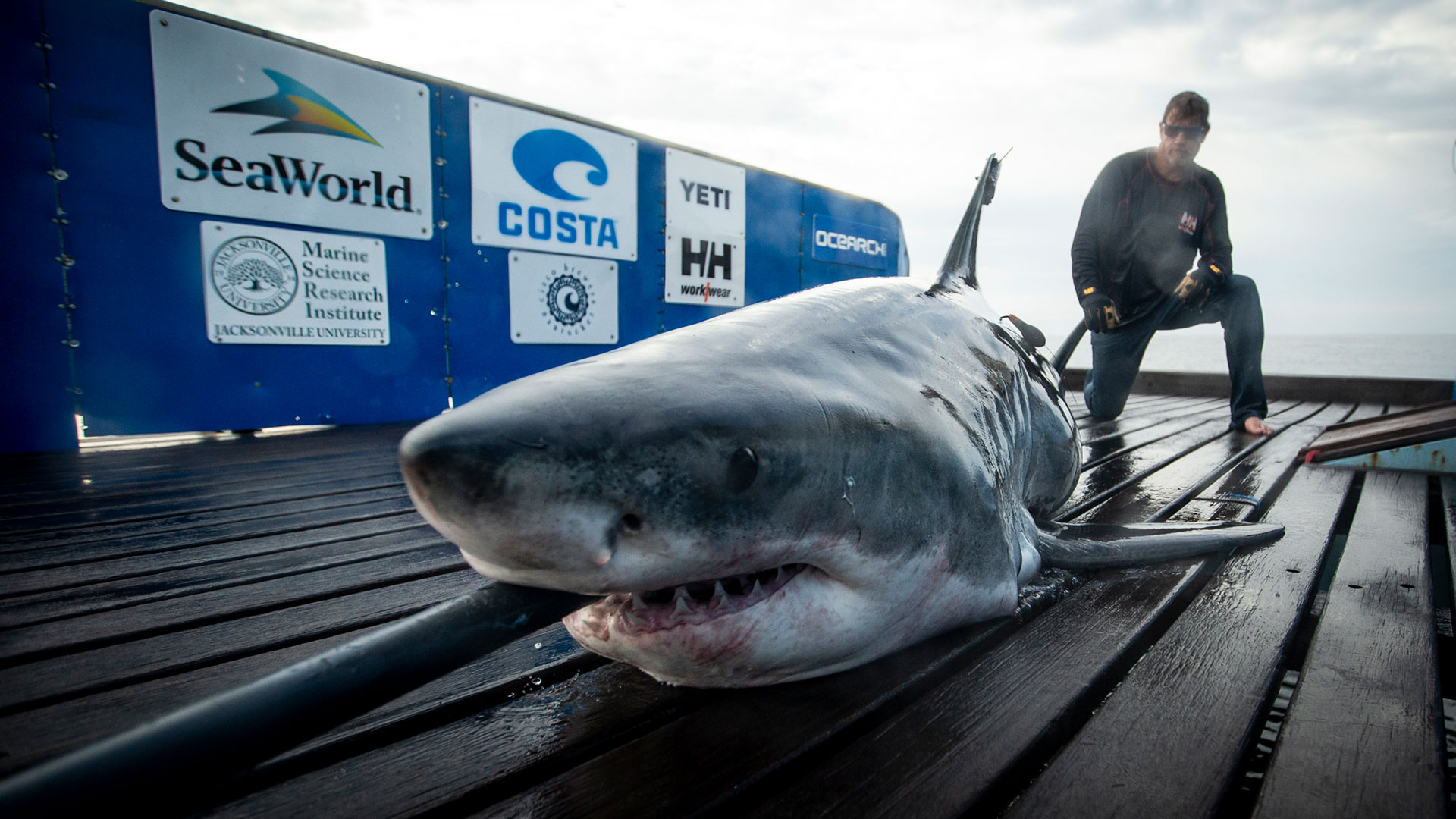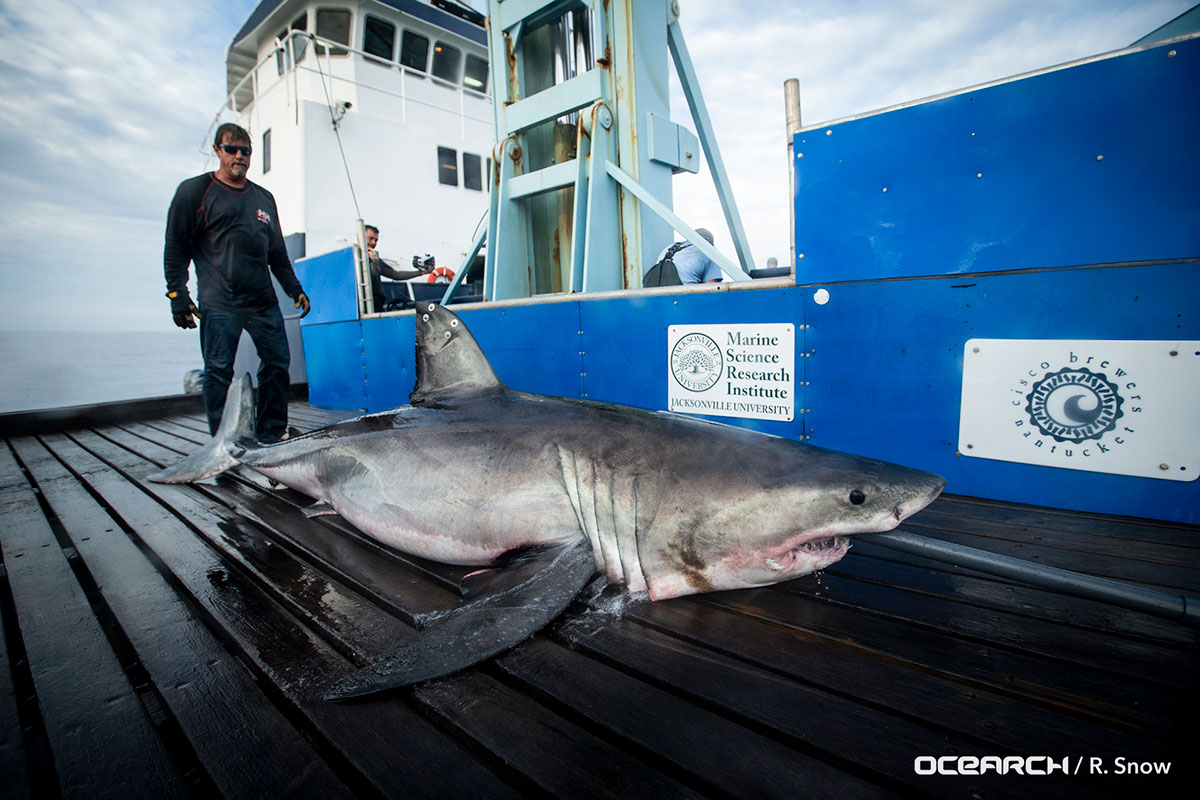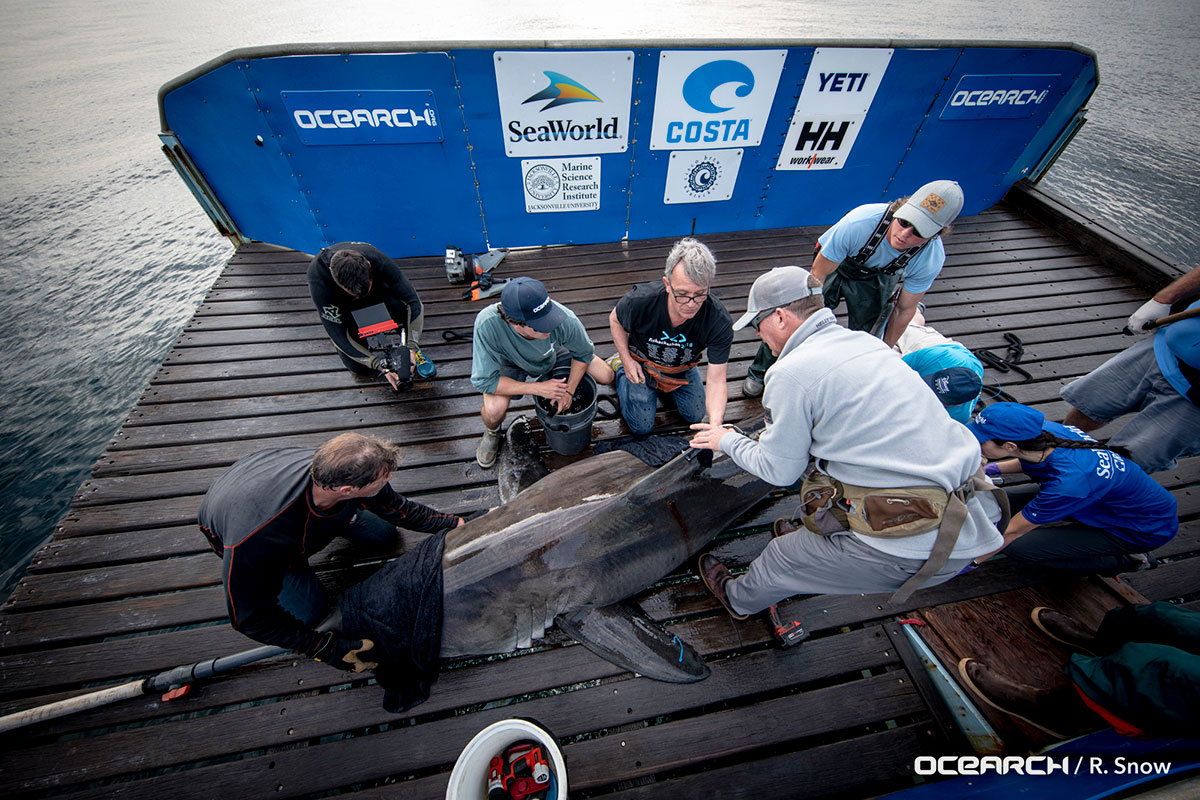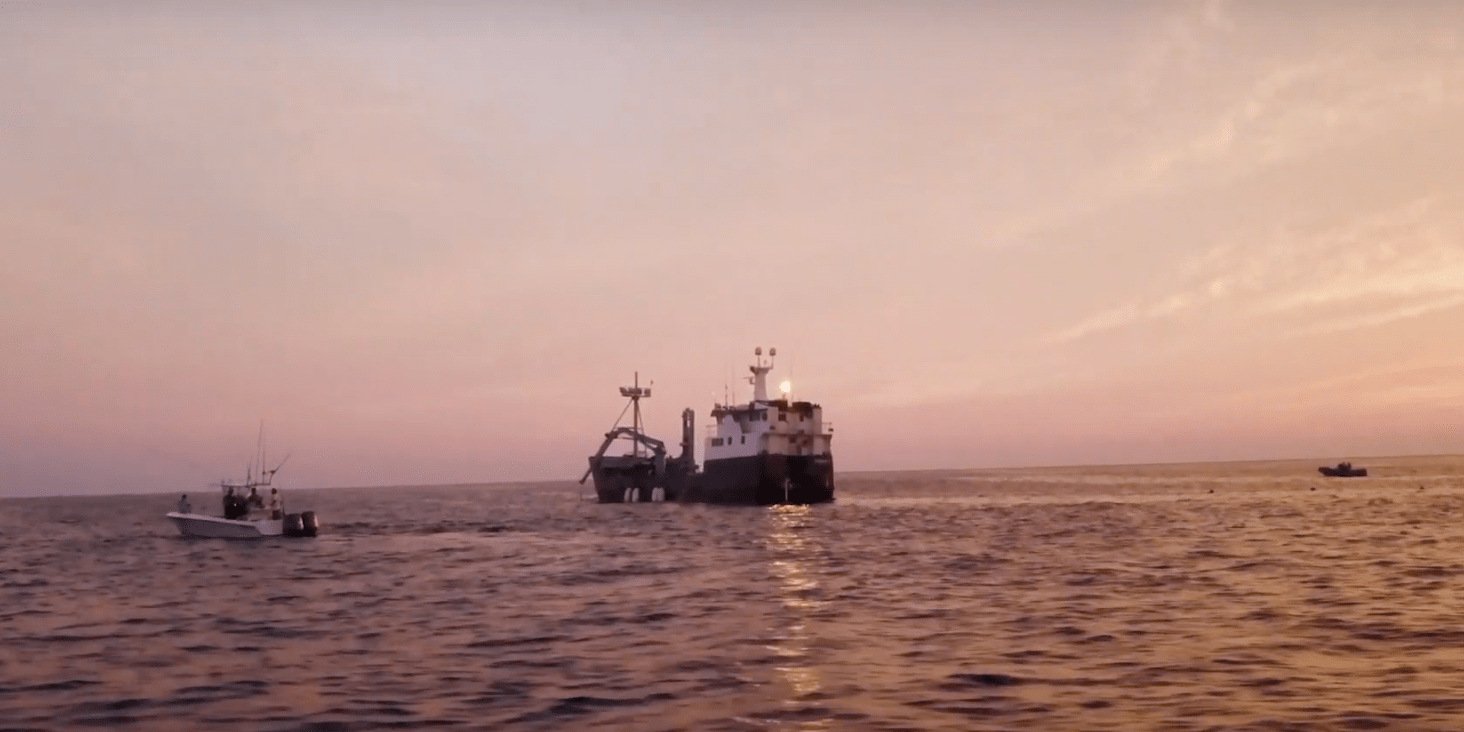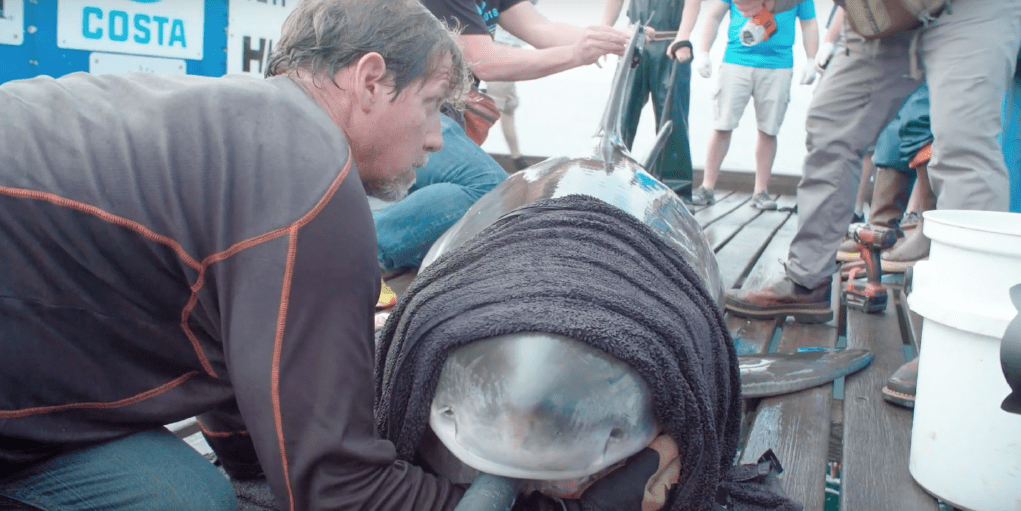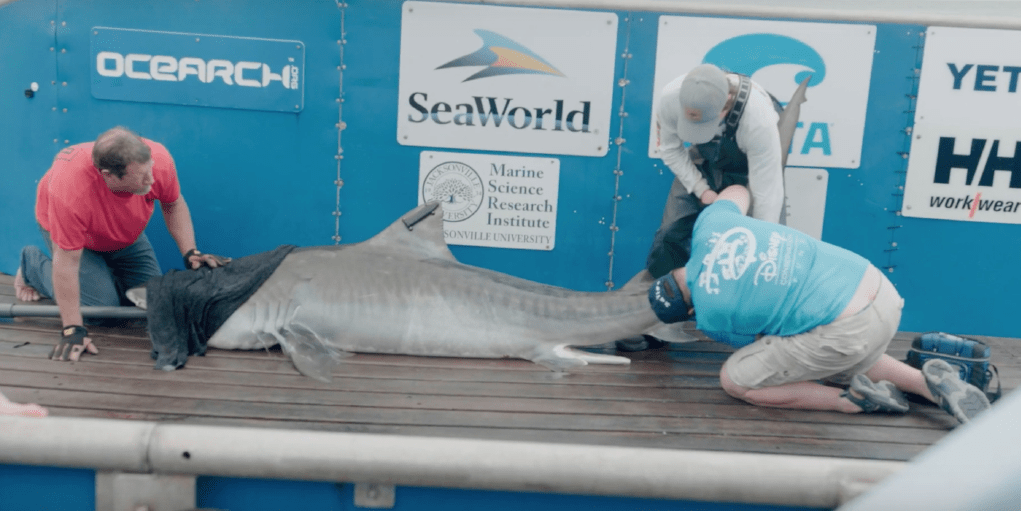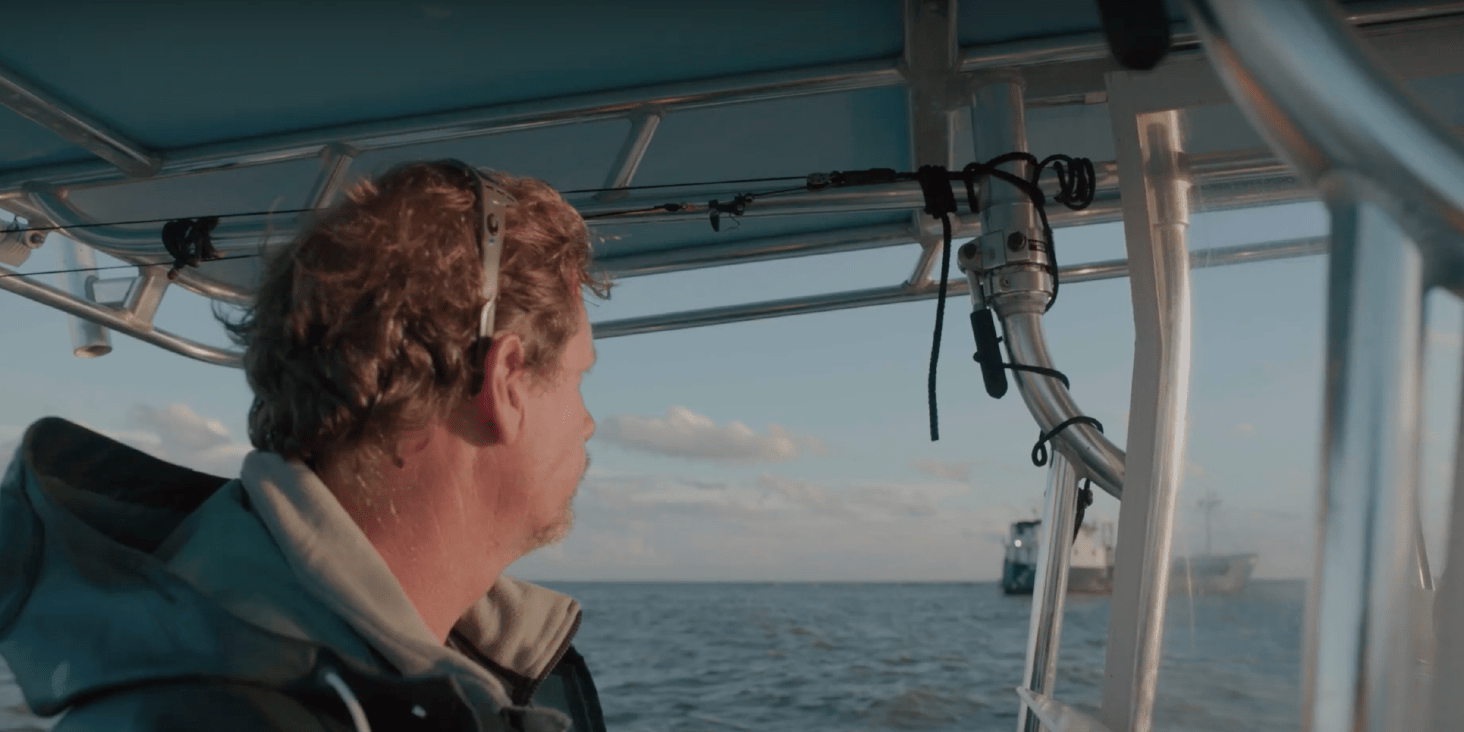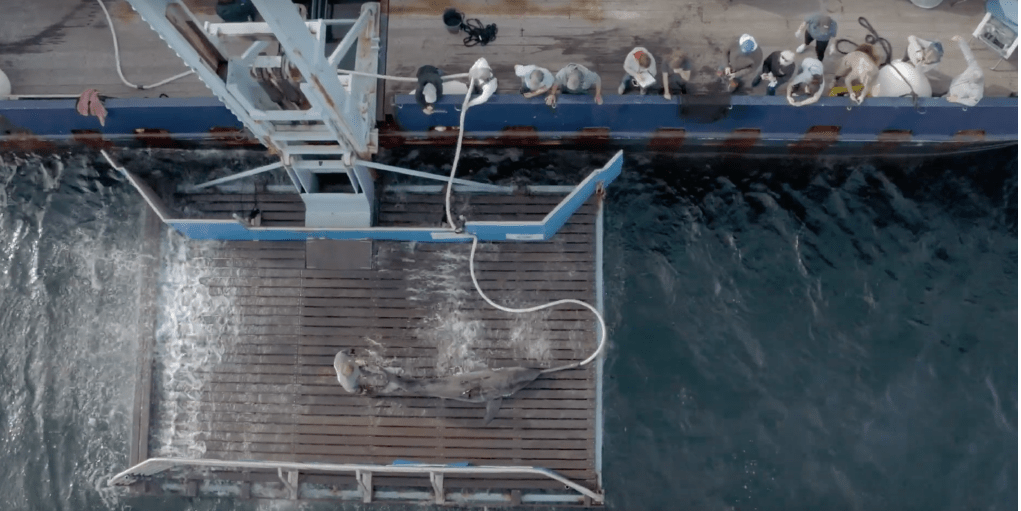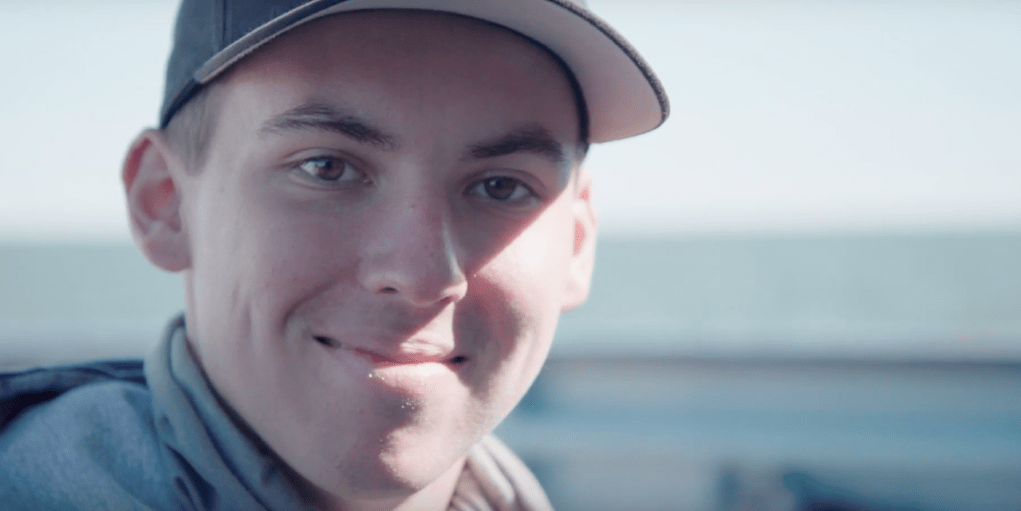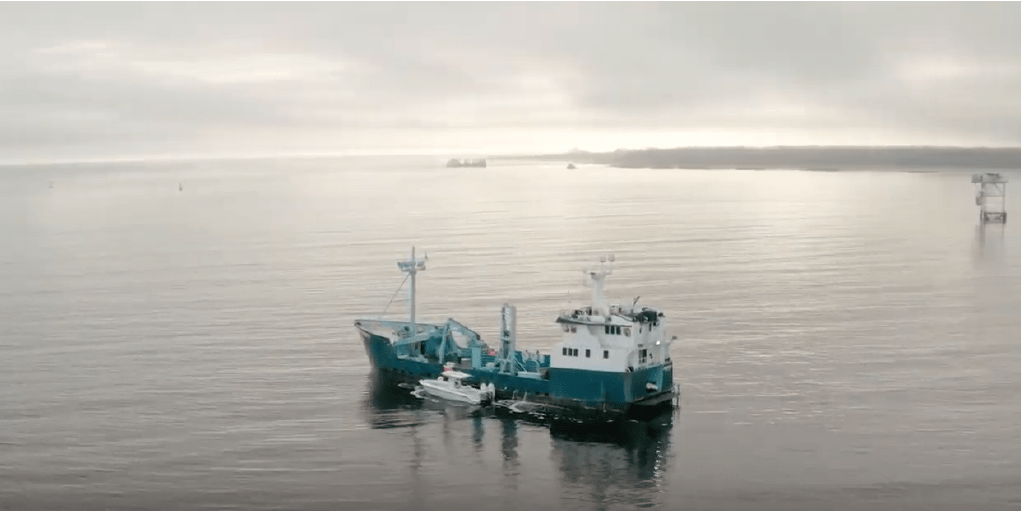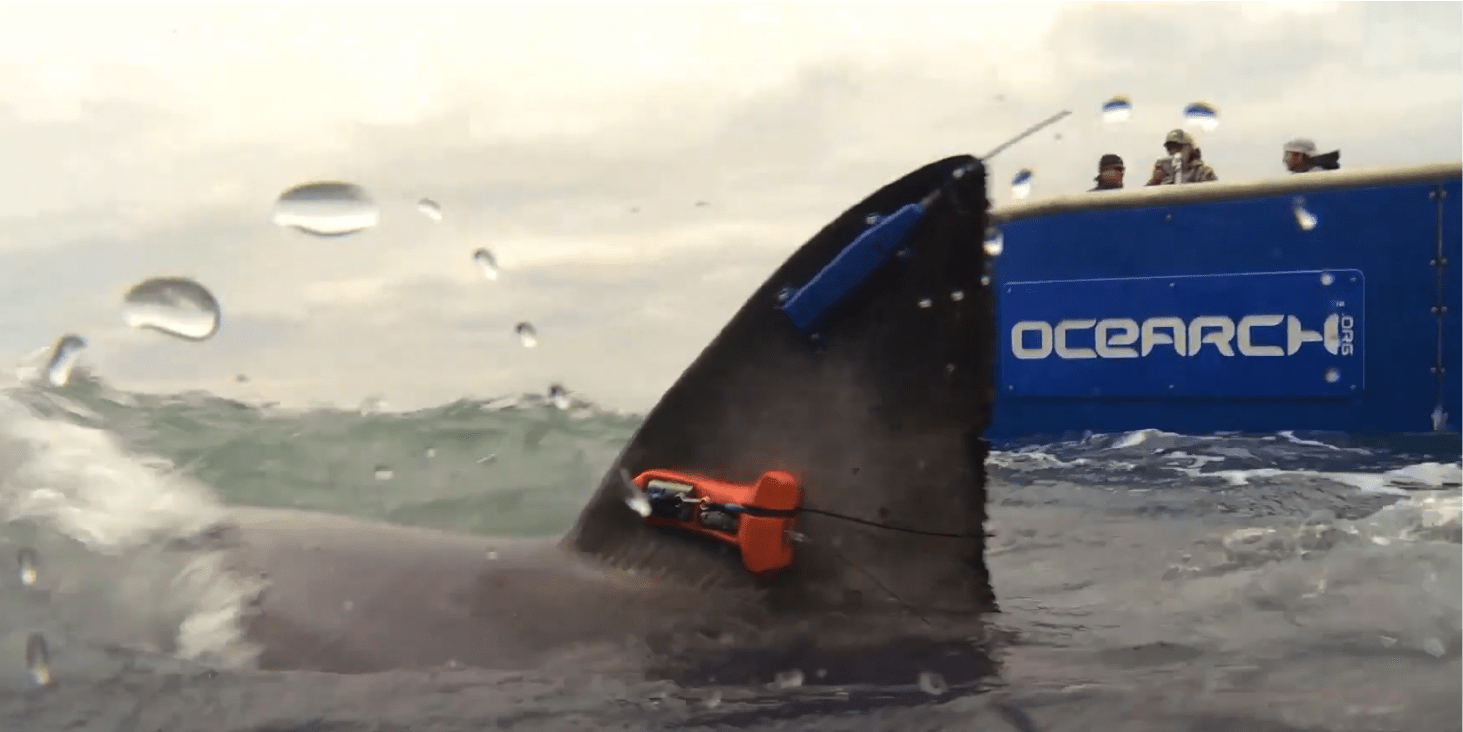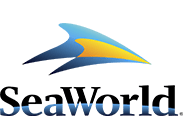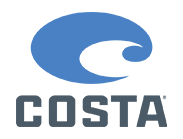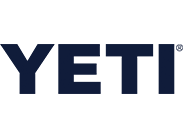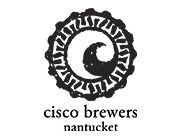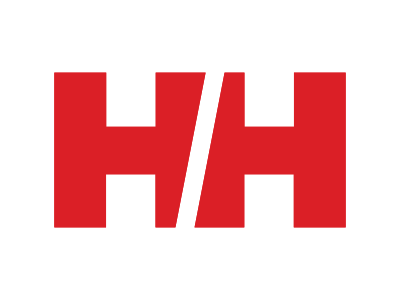OCEARCH is returning to the southeast coast of the US, specifically Florida, Georgia, and South Carolina. OCEARCH and collaborating scientists are now referring to this area as the Northwest Atlantic Shared Foraging Area (NASFA) after observing a heavy concentration of large white sharks there during the winter. We hope to increase the sample size of tagged white sharks to get a clearer picture of their movements in the Northwest Atlantic as a continuation of our North Atlantic White Shark study to reveal the life history of white sharks.
18
17
8
36
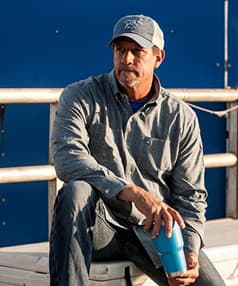
McBride
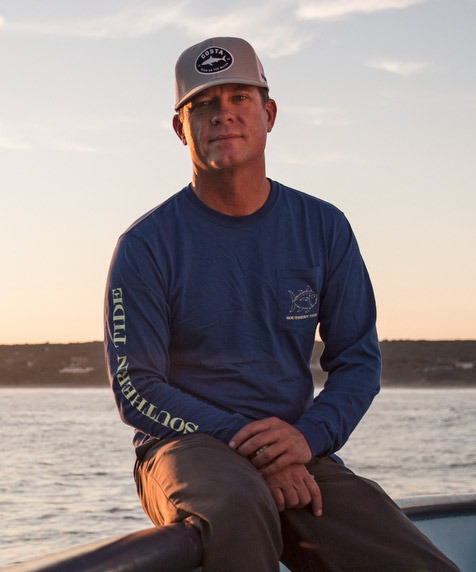
Fischer
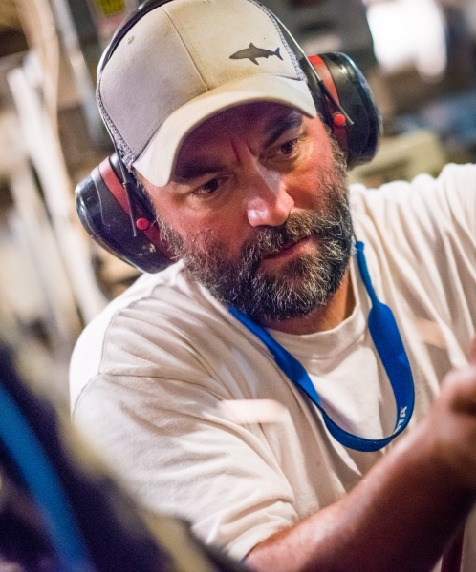
Ship Engineer – OCEARCH
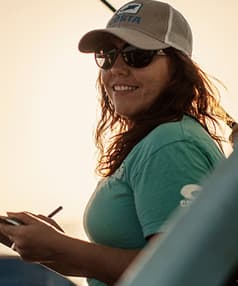
Ubatuba
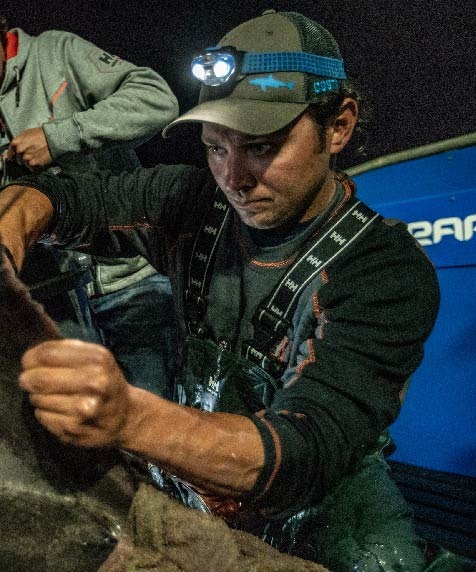
Leaderman – OCEARCH
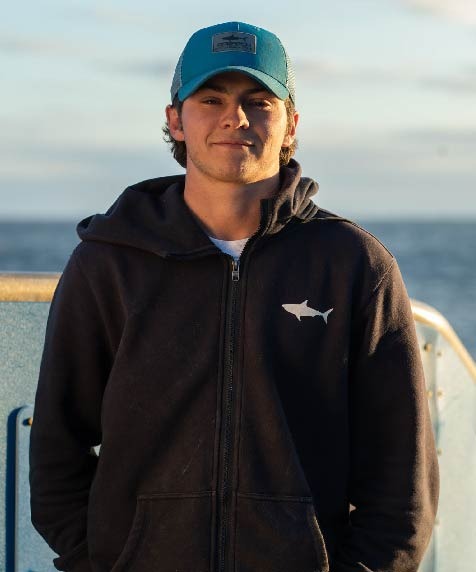
Deckhand – OCEARCH
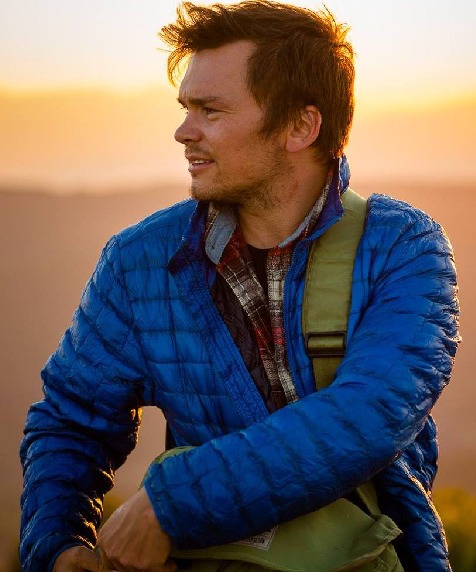
van Jaarsveld
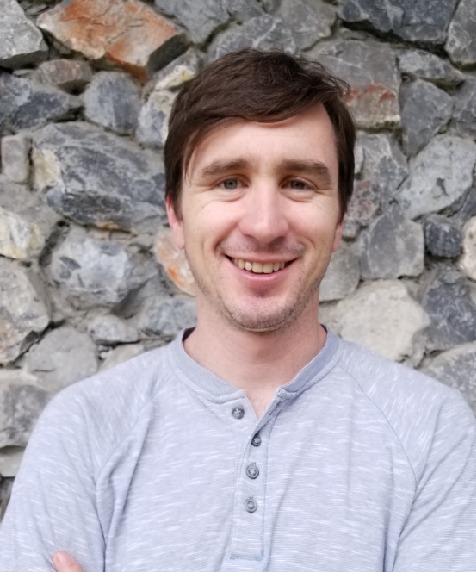
Kanaly
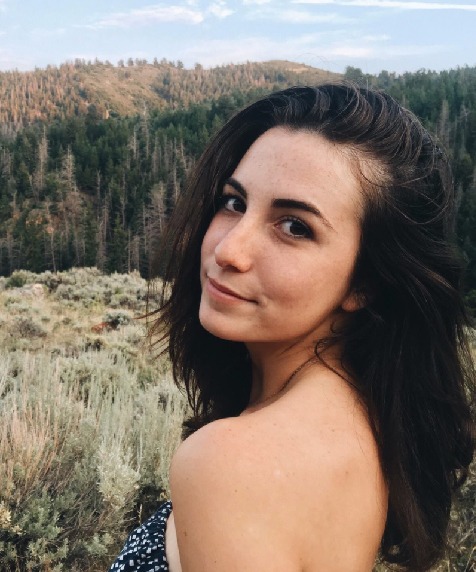
Ring

Meite
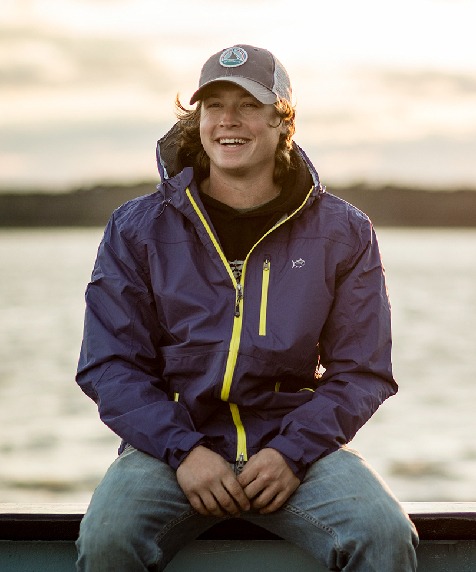
Lettieri

Hueter, Ph.D
MOTE Marine Laboratory
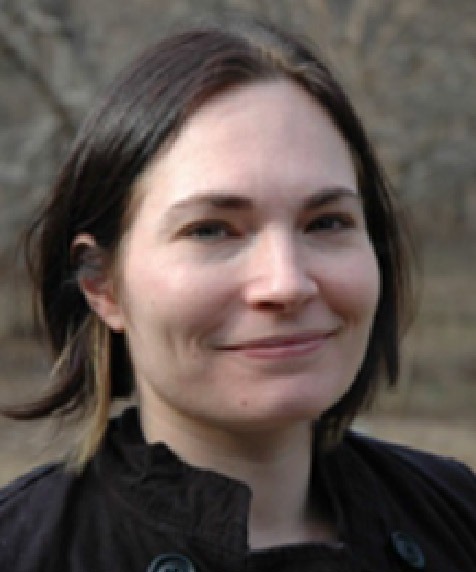
Newton, VMD
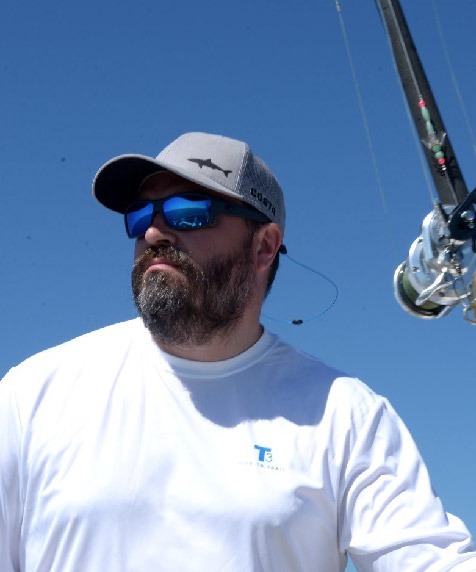
Hyatt, DVM
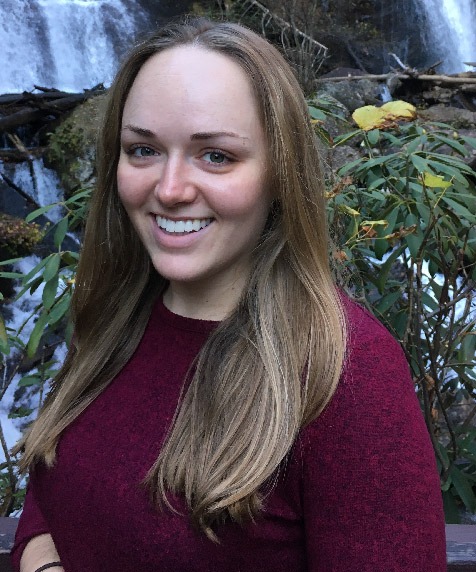
Crawford

Meite
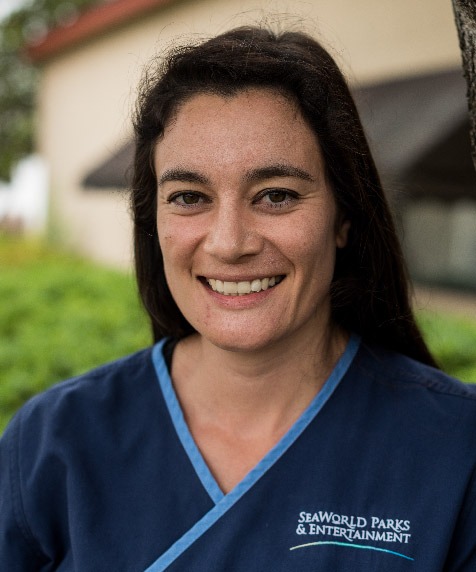
Montano, DVM
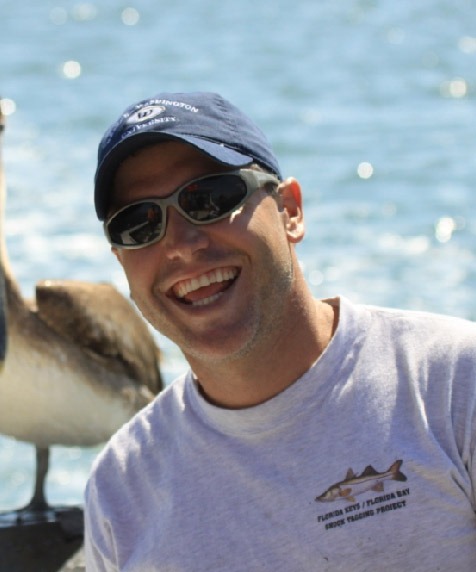
Reyier, PhD
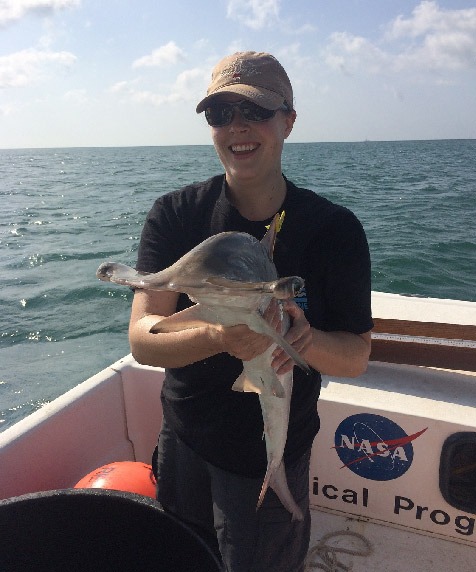
Ahr

Franks, PhD
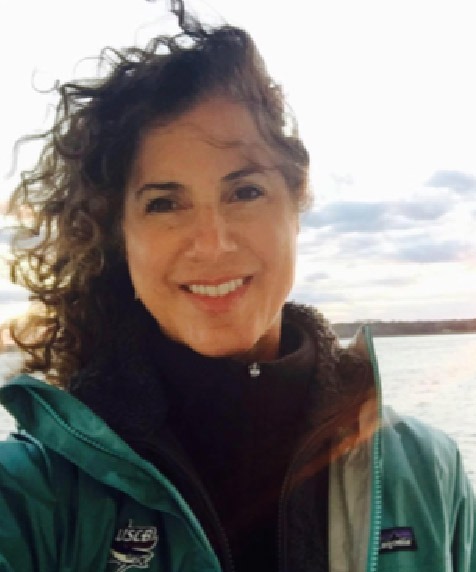
Ritchie, PhD
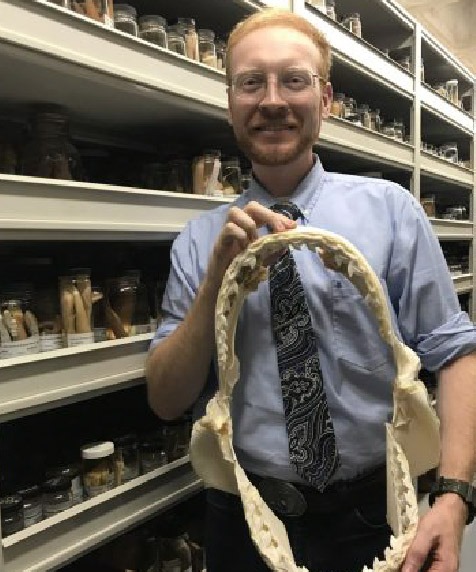
Bowling

Naylor
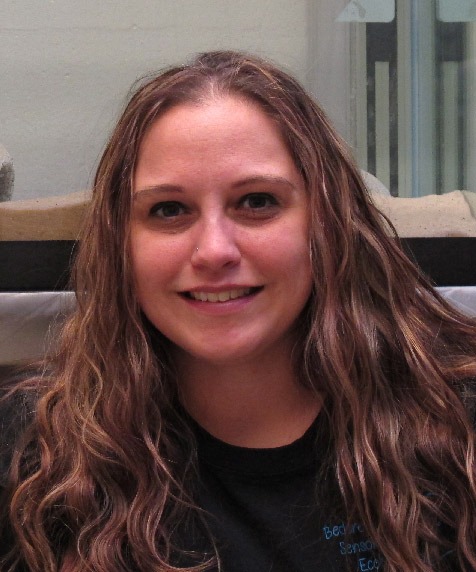
Bedore, PhD
Where is the research expedition taking place?
The expedition will begin in Jacksonville, FL and will travel up the coast to Savannah, GA.
What is the NASFA?
NASFA stands for the Northwest Atlantic Shared Foraging Area. OCEARCH uses NASFA to refer to waters off the U.S. southeast coast, specifically the Florida, Georgia, and South Carolina region.
When is the research expedition?
The expedition begins on February 8 and ends on March 2, 2019. The expedition will kick off with education and outreach events from Feb 8-9 in Jacksonville, FL. The team will begin fishing on February 10th. There will also be outreach events at the end of the expedition, from March 1-2 in Savannah, GA.
Why is OCEARCH headed to the NASFA?
OCEARCH has held previous expeditions in the NASFA and has tagged white shark Lydia, Hilton, and Savannah in this region. OCEARCH is returning to the NASFA after tracking data revealed that this area may be an important winter habitat for large white sharks. We intend to increase the sample size of tagged white sharks to get a clearer picture of their movements in the Northwest Atlantic as a continuation of our NorthAtlantic White Shark study to reveal the life history of white sharks.
What is the North Atlantic White Shark Study
This project began in 2012 and has been called the “North Atlantic White Shark Study”. The purpose of this project is to solve the life history puzzle of the North Atlantic White Shark by gathering the appropriate data that would tell us where this population breeds, feeds and gives birth. The way to do this is by tagging at least 10 sharks of each sex in three categories: juvenile, immature, and mature.
Why is researching NASFA important in unlocking the life history puzzle of the North Atlantic white shark?
Identifying foraging patterns is a crucial next step in the quest to understand the lifehistory of this species.
How many researchers are embarking on this expedition?
In total, there are 25 researchers from 17 institutions participating in the expedition researching 17 projects. We will host 15 researchers, from 11 institutions, aboard the M/V OCEARCH research vessel as part of our mission to enable data collection by providing collaborating researchers and institutions unprecedented access to mature marine animals. The other 11 researchers from 7 institutions will receive samples from animals caught, allowing them to analyze the results from the blood, mucus, muscle, parasite, genetic, and other samples collected. Researchers will use these samples to conduct several studies, including understanding the sharks’ reproductive condition. See our science brief here.
Which institutions will be collaborating in this expedition?
The expedition will include scientists from Jacksonville University, Mote Marine Laboratory, WCS’ New York Aquarium, SeaWorld and Busch Gardens, University of Washington, Woods Hole Oceanographic Institution, Georgia Aquarium, Georgia Institute of Technology, University of South Carolina Beaufort, Department of Environment and Climate Change Canada, University of Florida, University of North Florida, South Eastern Zoological Alliance for Reproductive Conservation, Stony Brook University, Cape Canaveral Scientific, Auburn University, Georgia Southern University
What type of studies do you expect to run during this expedition?
In order to determine foraging patterns, the team will need to not only tag animals (both male and females; adult and subadult), they will need to sample them as well.Tagging and sampling a large number of male and female sharks, with different life stages, in the same area is a great way to confirm that the NASFA is indeed a foraging area.
What type of samples do you expect to collect during this expedition?
All male and female sharks caught will be sampled. The team will collect blood, mucus, parasites, muscle, fin clips, eye measurements, feces, urine, and semen, whenever possible. Ultrasound exams also will be performed on adult females to confirm
pregnancy.
Can you describe your process for tagging sharks?
Sharks are caught from tenders using handlines and are guided by hand in the water on and off the lift. After capture, sharks are brought to the submerged platform of the M/V OCEARCH vessel and the platform is raised. Once the sharks are restrained and hoses of water have been set to enable the flow of oxygen, they are measured. SPOT and acoustic tags are attached. The tagging, handling and sampling procedures employed during the expedition follow the standards of the Institutional Animal Care and Use Committees (IACUC.org) of each institution, which is made up of scientists and veterinarians.
Will the sample collection impact the sharks health?
While the tagging method, which has been used on sharks and other species for over a half-century may cause some level of brief discomfort, there is no scientific evidence that it impacts their behavior or survival post-release. In fact, data from the Global Shark Tracker provides strong evidence that the animals tagged using this method show long-term survival and long-distance migrations indicative of normal function and reproductive cycles.
What does the data from the OCEARCH Tracker tell us about sharks?
The data allows us to see the range of shark movements in different parts of the world -their migration patterns – and helps us uncover the areas in need of protection. The tracking data allows studies such as the examination of fine and broad-scale movements, habitat use, site fidelity, residency, and feeding behavior of white sharks. The data we’ve enabled so far has allowed scientists to figure out the mating and breeding sites of the species on the west coast of Mexico – Guadalupe Island. Scientists have also documented the first migration of Great White Sharks to the gulf and the mid-Atlantic ridge.
What happens to the data you've collected?
The data is shared in an open source environment with collaborating institutions that utilize it to conduct studies that are eventually published in peer-reviewed scientific journals. The papers, which can take 2-5 years to publish, are used to assist in policy decisions. So far, there have been 22 papers published based on OCEARCH expeditions and resulting studies.
How can I follow the expedition?
Follow OCEARCH on Facebook, Twitter, Instagram (@OCEARCH), and YouTube for Expedition NASFA updates.You can also follow the sharks tagged during the Nova Scotia Expedition by accessing the near-real-time, free online OCEARCH Tracker.
Who supports the expedition?
Costa Sunglasses, SeaWorld, YETI Coolers, Southern Tide, Helly Hansen, and Contender support the expedition.
